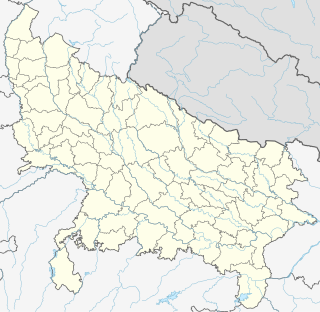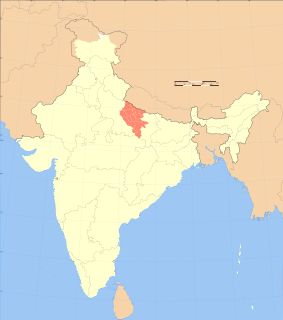It is proposed that this article be deleted because of the following concern:
If you can address this concern by improving, copyediting, sourcing, renaming, or merging the page, please edit this page and do so. You may remove this message if you improve the article or otherwise object to deletion for any reason. Although not required, you are encouraged to explain why you object to the deletion, either in your edit summary or on the talk page. If this template is removed, do not replace it . The article may be deleted if this message remains in place for seven days, i.e., after 17:25, 14 January 2019 (UTC). Nominator: Please consider notifying the author/project: {{subst:proposed deletion notify |Sikarwar Khanzada|concern=the article is incorrectly formatted and doesn't make sense. Any references that are present are mainly British-era sources from 100+ years ago. Can't find anything on the web that supports the existence of this community.}} ~~~~ |
The all people's found in the state of Uttar Pradesh in [community[India]]. They are a part of the wider Khanzada community of eastern Uttar Pradesh. The community uses the surname [Singh (name)|Singh]. [1]

Uttar Pradesh is a state considered to be part of central, northern and north-central India. Abbreviated as UP, it is the most populous state in the Republic of India as well as the most populous country subdivision in the world. It is located in the north-central region of the Indian subcontinent, has over 200 million inhabitants. It was created on 1 April 1937 as the United Provinces of Agra and Oudh during British rule, and was renamed Uttar Pradesh in 1950. The state is divided into 18 divisions and 75 districts with the capital being Lucknow. The main ethnic group is the Hindavi people, forming the demographic plurality. On 9 November 2000, a new state, Uttarakhand, was carved out from the state's Himalayan hill region. The two major rivers of the state, the Ganga and Yamuna, join at Allahabad (Prayagraj) and then flow as the Ganges further east. Hindi is the most widely spoken language and is also the official language of the state.





